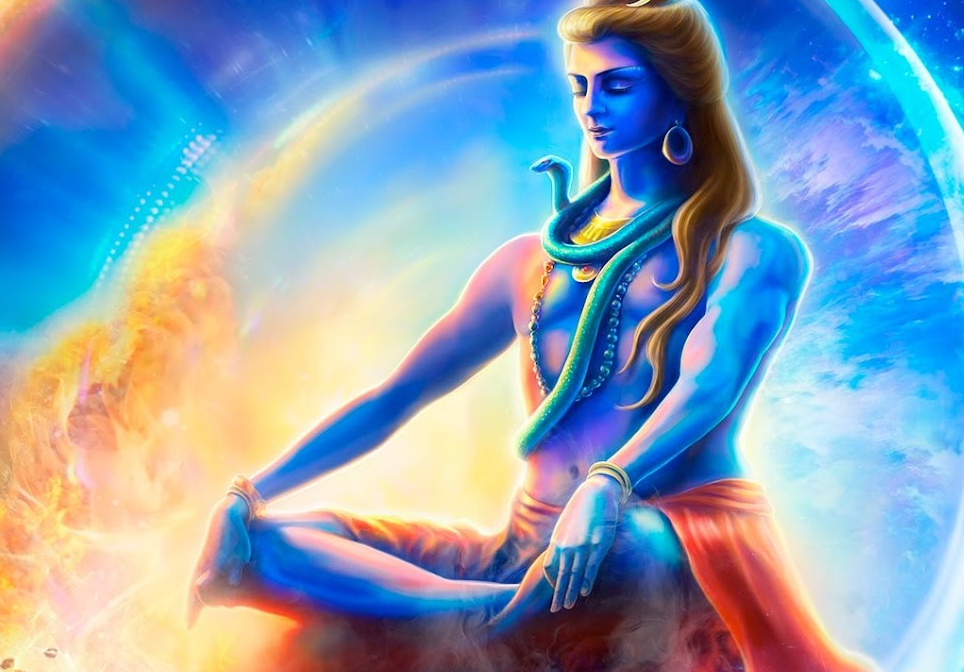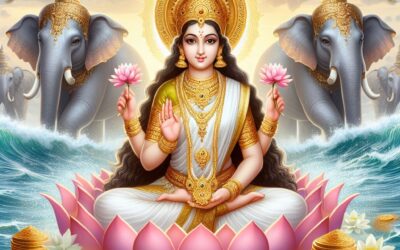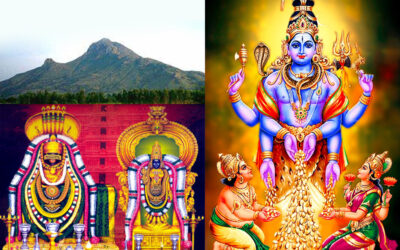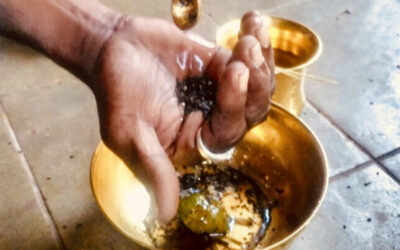Significance of Sri Maha Rudram
Sri Rudram or Rudra Prasna or Satha rudriyam is part of Yajurveda and is considered one of the greatest vedic Hymns dedicated to bhagawan Siva in his Rudra Aspect. There are several references in Vedas, Itihasas , puranas, samhitas, Bhakti traditions and local folklore on the greatness of Sri Rudram. The Arjuna Vyasa discussion in the Drona Parva of Mahabharatha, the episode of Bhagavan Krishna and Durvasa in the Anusasana parva, and several other references in skanda, Padma, Brahmanda puranas all extol the greatness of Sri Rudram. The most potent panchakshari Mantra of Bhagwan Siva and the Mahamritunjaya Mantra for liberation form part of sri rudram.
A reference from Eswara Geetha extols the virtues of Rudram with the following sloka
“Vedanaam samavediyam, Yajusham sata rudreeyam”
- Routine chanting of Sri Rudram is called “Roopam” and consists of chanting the Namakam once followed by chanting the Chamakam once.
- Eleven recitations of Namakam followed by one recitation of Chamakam are called “Ekadasa Rudram”.
- Eleven rounds of Ekadasa Rudram chanting constitute a “Laghu Rudram”.
- Eleven rounds of Laghu Rudram chanting constitutes a “Maha Rudram”, and
- Eleven rounds of MahaRudram chanting constitute an “Ati Rudram”.
It is widely believed that Chanting or mere listening to Sri Rudram confers Holistic merits, both material and spiritual and alleviates sufferings of all kinds. Recitation of Rudram in its simplest form is itself an elaborate ritual where in one chants the 11 Anuvakas or Chapters of Namakam and Chamakam in a specific format. One of the grandest ways of reciting Rudram where in the set pattern is repeated 1331 times is known as Maha Rudram which is extremely powerful. Maha Rudra parayana when coupled with Abhishekam, Havanam and Brahmana Bhojana makes it a Maha Rudra Yagam and is unparalled in its importance.



